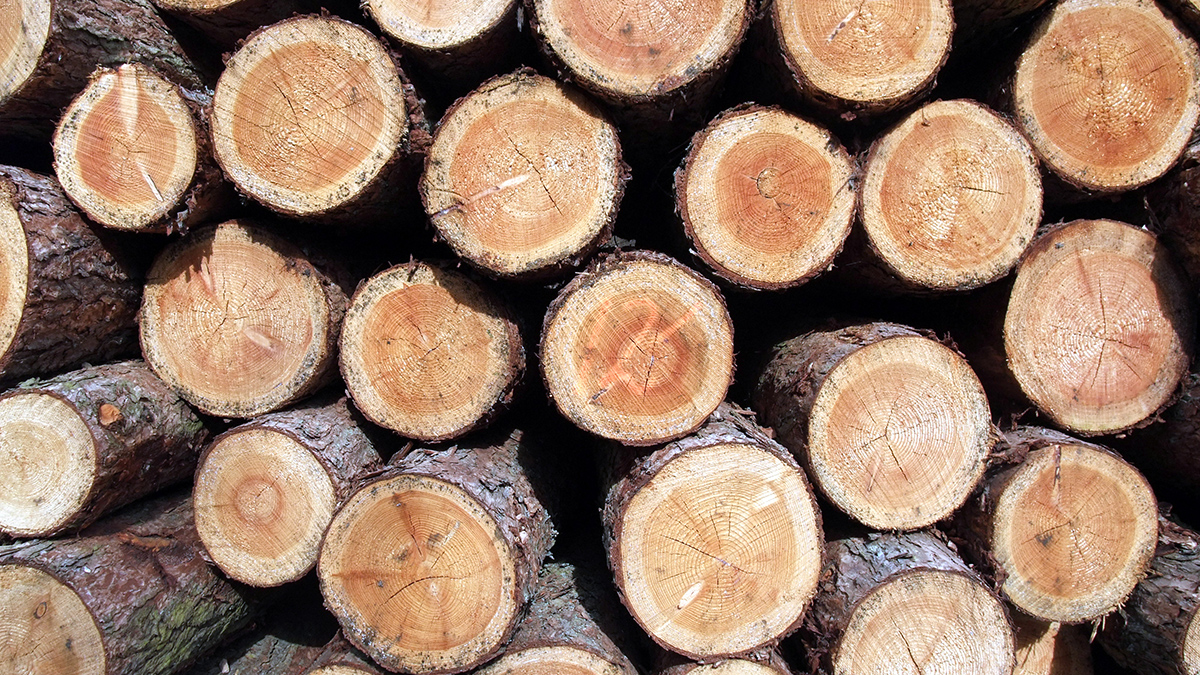A translation of this article was made possible by a partnership with Planeteando. Una traducción de este artículo fue posible gracias a una asociación con Planeteando.
Forest biomes are on the move because of climate change, and nations from Albania to Zimbabwe will experience shifts in economic production and ecosystem-provided benefits as vegetation cover relocates—or disappears entirely. Countries could lose 1.3% of their GDP (gross domestic product), on average, according to new research. And poorer nations will face proportionally larger losses.
An ongoing poleward shift in vegetation, likely to persist into the future, has implications for natural resources such as timber, said Bernie Bastien-Olvera, a climate scientist at the Scripps Institution of Oceanography at the University of California, San Diego. “As forests migrate towards higher latitudes, many countries are losing forest cover.”
Tangible and Intangible Resources
“There are things that we value from nature that we do not necessarily pay to use.”
Such changes trigger not only economic effects—reduced forest cover means there’s less timber available to sell—but also its societal effects. That’s because in addition to producing so-called natural capital such as wood that can be sold, forests also provide intangible resources such as clean air and water and recreational opportunities. These natural nonmarket benefits can’t be quantified like salable merchandise, but they’re valuable nonetheless, Bastien-Olvera said. “There are things that we value from nature that we do not necessarily pay to use.”
Bastien-Olvera and his colleagues recently estimated country-level changes in both natural capital and natural nonmarket benefits for a variety of climate change scenarios. The team focused on 134 countries and considered three different warming scenarios: Representative Concentration Pathways (RCPs) 2.6, 6.0, and 8.5. Those scenarios correspond to roughly 1.0°C, 2.2°C, and 3.7°C of warming by the end of the 21st century, respectively.
Bastien-Olvera and his collaborators considered those different warming scenarios within the context of global vegetation models. Such models reveal how climate change will shift forest biomes, Bastien-Olvera said. “Tropical forests will replace temperate forests, temperate forests will replace boreal forests, and boreal forests will grow where there is right now only permafrost.”
The Economics of Timber
“The gains are very, very small compared with the large losses.”
To get a handle on how each country’s natural capital might fluctuate in the future because of climate change, Bastien-Olvera and his colleagues mined World Bank–produced valuations of each nation’s timber resources. The team then apportioned those values over every country’s present-day forest cover. Finally, the researchers estimated the economic changes each country would experience in the future as forest biomes shifted into—or out of—its borders.
With even just 1°C of warming, the team found that most nations would experience losses in their timber-based capital. Some countries, located predominantly in Africa, would experience losses of up to 10% by 2100. And though a handful of nations, such as Yemen and Oman, would actually benefit for the climate change, losses would predominate overall, Bastien-Olvera said. “The gains are very, very small compared with the large losses.”
Shouldering More of the Burden
The researchers next examined those changes in natural capital in the context of each country’s GDP. For the case of the RCP 6.0 warming scenario, they found that nations, on average, would lose about 1.3% of their GDP. That might not sound like much, said Max Kotz, a climate impact scientist at the Potsdam Institute for Climate Impact Research who was not involved in the study. “But if it’s a persistent and permanent reduction, that’s something that most economists would consider to be fairly important.”
Bastien-Olvera and his collaborators furthermore showed that poorer countries were harder hit: The poorest 50% of countries shouldered 90% of GDP losses. That statistic unfortunately isn’t surprising, Kotz said. “It’s clear from what we know from patterns of economic development that these regions are still more dependent on their natural resources.” (Natural capital constitutes less than 0.1% of GDP in relatively wealthy nation such as the United States but more than 5.1% of GDP of poorer countries such as Papua New Guinea, for example.)
Losses in What Can’t Be Sold
The researchers next examined how each country’s natural nonmarket benefits would also shift in response to climate change. To do so, they mined country-level estimates of the nonmarket value of resources such as safe water sources, recreation, and the cultural value ascribed to protected areas. The team then apportioned those estimates over each nation’s present-day distribution of ecosystems based on the Valuation of Ecosystem Goods and Services database.
The researchers found that more than 90% of countries would experience losses in their natural nonmarket benefits in the RCP 6.0 scenario. And those predicted shifts were substantial—natural nonmarket benefits would fall by about 9% on average by 2100.
The results of the study were published in Nature.
Of course, climate change will affect economic spheres beyond timber resources and natural nonmarket benefits of forests, Kotz noted. Aspects such as biodiversity, labor productivity, and agricultural production should all be considered in future research, he said. “It’s a really important part of the picture that [the study is] filling in, but it’s really not the whole picture.”
—Katherine Kornei (@KatherineKornei), Science Writer
16 February 2024: This article has been updated to correct the temperatures associated with RCP scenarios.

